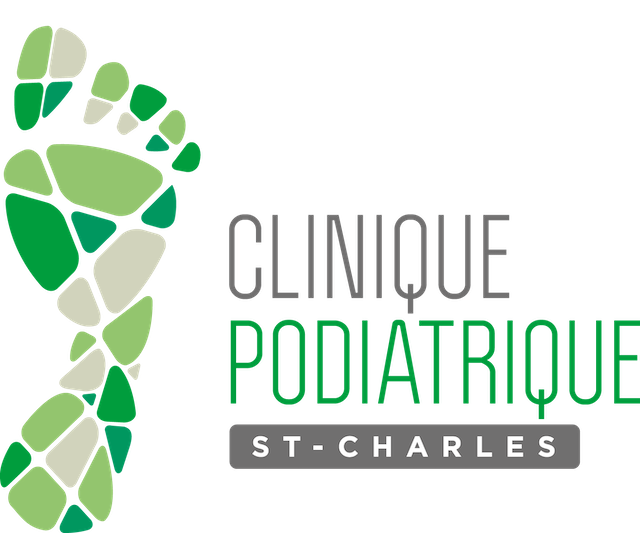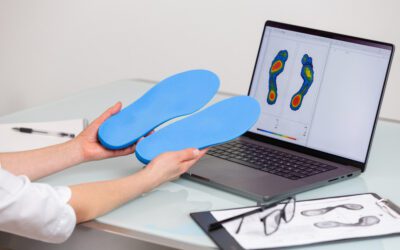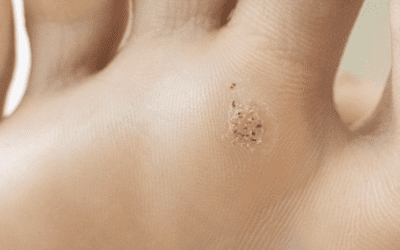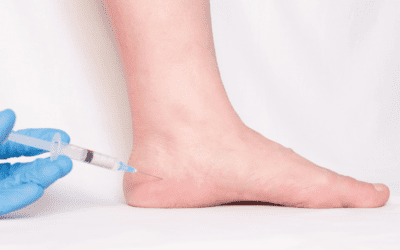Heel bursitis is a current topic of interest for anyone who has experienced intense pain at the back of the foot.
It is actually an inflammation of a bursal sac, a small pouch filled with fluid located between the tendons and bones. In the context of the heel, this condition is often linked to the Achilles tendon. But what causes this sometimes unbearable pain, and how can it be prevented and treated? Let’s find out together.
The human foot is a marvel of engineering, comprised of 26 bones, numerous ligaments, tendons, and bursal sacs. These sacs are small pouches filled with fluid that act as cushions between the bones and tendons or ligaments, reducing friction and protecting against shocks. The Achilles tendon, the strongest and widest tendon in the body, connects the calf to the heel. Its proximity to several bursal sacs makes it susceptible to inflammations, particularly heel bursitis.
Bursitis can be confused with other foot conditions due to the similarity of symptoms. For instance, plantar fasciitis, an inflammation of the band of tissue stretching under the foot, can also cause heel pain. Similarly, Achilles tendon enthesopathy is an inflammation where the tendon attaches to the bone. Distinguishing between these conditions and bursitis is crucial for proper management and treatment.
Symptoms of Heel Bursitis
The first step in recognizing heel bursitis is understanding its symptoms heel pain is the most common sign. It can be constant or worsen with movement. This pain is often associated with inflammation, manifested by swelling at the back of the foot, near the Achilles tendon insertion. The pains can intensify during the practice of a sport or following physical exertion.
Causes of Heel Bursitis
Several causes can trigger heel bursitis. One of the main causes is excessive friction between the Achilles tendon and the heel, particularly during running. This can be exacerbated by wearing inadequate or ill-fitting shoes. Another common related condition is Haglund’s disease, characterized by a bony growth at the back of the heel. Tendinitis, inflammation of the tendon, can also lead to bursitis. Individuals with rheumatoid arthritis or other autoimmune diseases are also more at risk.
Heel bursitis can occur for various reasons.
Repetitive sports activities, like running or jumping, can cause increased friction. Moreover, wearing unsuitable shoes or having a stiff heel counter can irritate the bursal sac. People with certain anatomical features, like a bony prominence at the back of the heel, may be more at risk. Underlying diseases, such as rheumatoid arthritis, can also increase susceptibility to bursitis.
Prevention: A Crucial Step
Prevention is the key to avoiding the complications of bursitis. Choosing appropriate shoes is essential. Avoid those that exert excessive pressure on the heel or the Achilles tendon. Orthotic insoles can also help relieve pressure and prevent inflammation. Regular practice of stretching exercises, especially for the Achilles tendon, is also beneficial.
Home Treatment and Tips for Daily Life
If you suspect bursitis, several home remedies can help relieve the pain and inflammation. Hot and cold compresses are effective in reducing inflammation. Over-the-counter anti-inflammatory drugs can also be helpful.
Managing bursitis on a daily basis requires some adaptations. Opt for well-fitted shoes with good arch support, avoid standing for long periods and take breaks to stretch your feet and calves regularly.
For Athletes
The world of sports, by its very nature, exposes athletes to various injury risks. Heel bursitis, although common, is a condition that can be seriously exacerbated by intense or poorly executed sports activities.
Warm-up and cool-down: Any training program should start with a proper warm-up, followed by a cool-down. These routines increase blood circulation in the muscles, ligaments, and tendons, preparing the body for exertion and reducing the risk of injuries, including bursitis.
Proper technique: A poor technique, whether running, jumping, or performing any other sporting movement, can cause unnecessary stress on the heel. It is vital to learn and practice the correct technique to reduce strain on the Achilles tendon and bursal sac. Appropriate equipment: Shoes play a crucial role in preventing injuries. A shoe suited to the foot’s morphology and the sporting activity can help reduce the risk of bursitis. Orthotic insoles can also be beneficial for those with structural issues with their feet.
Listen to your body: Pains and discomfort should not be ignored. If an athlete experiences heel pain after an activity, they should take a rest and, if necessary, consult a healthcare professional.
Tips for athletes: Prevention is essential, especially for athletes. Proper warming up and stretching before and after activity can reduce the risk it’s also vital to recognize the early signs of bursitis and to consult if necessary.
Although posterior and anterior Achilles tendon bursitis are common, other types of bursitis can affect the foot. For instance, retrocalcaneal bursitis occurs at the back of the heel, just above the heel bone. Each type of bursitis has slightly different causes and symptoms, sometimes requiring separate treatment approaches.
Podiatrist and Treatment
The podiatrist, an expert in foot ailments, plays a central role in the diagnosis, prevention, and treatment of heel bursitis.
Initial Evaluation: During the first visit, the podiatrist will conduct a thorough examination of the foot. They may use imaging techniques, such as X-rays or ultrasound, to assess the severity of the inflammation.
Conservative Treatments: In many cases, bursitis can be treated by non-invasive means. This can include hot and cold compresses to reduce inflammation, physiotherapy exercises to strengthen the foot muscles and improve flexibility, and recommendations on shoes or orthotic insoles.
Injections: For severe or chronic bursitis, the podiatrist might recommend a corticosteroid injection to reduce inflammation, while this can offer rapid relief, it is essential to use this method cautiously, as repeated injections can weaken the Achilles tendon.
Surgery: In rare cases where bursitis does not respond to conservative treatments or injections, surgery may be necessary to remove the inflamed bursa.
Advice and Education: A crucial aspect of the podiatrist’s role is educating the patient. This includes advice on preventing recurrences, recommendations on shoe selection, and information on the need for a possible adjustment of the physical activity regimen. Thus, whether you are a professional or amateur athlete, understanding and respecting your body, particularly your feet, is vital. The role of the podiatrist is invaluable in ensuring the health and well-being of this crucial part of our anatomy.
Podiatrist Expertise
If pains persist or worsen, it is vital to consult a podiatrist. This foot expert can precisely identify the cause and recommend the appropriate treatment. The treatment may include physiotherapy sessions, the use of orthotic insoles, or even surgery in cases of severe or chronic bursitis.
It is also worth noting that the podiatrist clinic can distinguish between different types of bursitis: anterior and posterior to the Achilles tendon. Anterior bursitis is located at the front of the tendon, while the posterior is at the back. Each can have slightly different causes and treatments.
Heel bursitis In Short…
Heel bursitis, although it can be painful and debilitating, is treatable and, in many cases, preventable. Prevention, like choosing the right shoes and taking measures to avoid excessive friction and pressure, is essential. In case of persistent symptoms, consulting a podiatrist is crucial for proper evaluation and treatment. Remember: your health also depends on your feet. Take care of them.



